The last three months have seen a series of non-connected events which, seen from the point of view of the uncrewed aviation industry, will have a profound effect in the way Part 108 is proposed and eventually implemented.
First, during his confirmation hearing on January 15th Mr. Sean Duffy acknowledged the FAA's delays in establishing Part 108 regulations for Beyond Visual Line of Sight (BVLOS) drone operations. He supported concerns raised by Senator Ted Budd, who criticized the FAA for forcing commercial drone operators to rely on a patchwork of waivers and exemptions, which stifles innovation and puts the U.S. behind China. Mr. Duffy was confirmed as Transportation Secretary on January 28, 2025.
Second, the midair collision involving an American Airlines jet and a U.S. Army Black Hawk helicopter which occurred on January 29, 2025, over the Potomac River near Washington, D.C. Tragically, all 67 people aboard both aircraft lost their lives.
Finally, last week, on April 28, 2025, air traffic controllers at Newark Liberty International Airport (KEWR) temporarily lost radar and radio contact with multiple commercial airliners for about 90 seconds. The issue originated at the Philadelphia TRACON, which manages Newark’s airspace, when a system-wide outage caused controllers to lose the ability to see, hear, or talk to aircraft.
In a time when the FAA is hinting that a NPRM (Notice of Proposed Rulemaking) is imminent, and considering the three items mentioned above, it is a good moment to stop and reflect what are the key non-regulatory elements that will make the implementation of BVLOS flights possible.
ATC is already at the edge of its capabilities to handle 2025 air traffic volumes with 1950’s technology. The era of voice commands and radar signatures needs to come to an end. We need to automate and digitize the way controllers manage traffic, especially if we are planning to add thousands of drones and hundreds of air taxis to the National Airspace System (NAS). But wait! We already have a system that can do that, it’s called Controller-Pilot Data Link Communications (CPDLC).
In the United States, CPDLC is primarily used for enroute communications and departure clearances under the FAA’s Data Communications (DataComm) program. CPDLC is operational at multiple Air Route Traffic Control Centers (ARTCCs), including Kansas City, Indianapolis, Chicago, Washington, Oakland, Miami, Seattle, and more. It allows controllers to send climb, descent, reroute, and handoff instructions directly to pilots via data link. The system reduces radio congestion and improves flight efficiency by enabling automated clearance loading into the aircraft’s flight management system (FMS).
CPDLC is also widely used for departure clearances at major U.S. airports. Pilots receive digital clearance messages instead of relying on voice ATC, reducing miscommunication risks and speeding up taxi operations.
The FAA is continuing to expand CPDLC capabilities across more ARTCCs, with Boston, Memphis, and New York expected to be fully operational by April 2025. The system is a key component of NextGen modernization, aimed at improving airspace efficiency and safety.
In order to add uncrewed aviation to the NAS we will have to integrate CPDLC with UTM and ground and on-board DAA to reduce ATC workload and guarantee separation and avoid accidents. Integrating CPDLC with uncrewed aviation systems will represent a significant leap forward in air traffic management and efficiency. Here’s how CPDLC can enhance autonomous or remotely piloted aircraft operations:
1. Seamless ATC Integration for Autonomous Flights.
- Autonomous aircraft can use CPDLC to receive automated clearances from air traffic control without needing human intervention.
- Enables real-time communication between autonomous systems and ATC, reducing delays in route changes, altitude adjustments, and emergency protocols.
- Reduced Reliance on Voice Communication.
- Human pilots are essential for interpreting complex ATC instructions, but autonomous aircraft can process data instantaneously.
- CPDLC ensures clear, unambiguous instructions, eliminating the possibility of human misinterpretation or radio congestion.
2. Integration with AI Decision-Making Systems
- Autonomous aircraft equipped with AI-driven flight management systems can process CPDLC messages and adjust flight parameters dynamically.
- Allows autonomous aviation to operate collaboratively with human-piloted aircraft while reducing workload for controllers.
3. Enhanced BVLOS Operations for Drones
- CPDLC can support Beyond Visual Line of Sight (BVLOS) drone operations by allowing drones to receive automated instructions from ATC.
- It would help streamline regulatory compliance under potential FAA Part 108 standards.
4. Improved Airspace Coordination
- Large fleets of autonomous aircraft can communicate via data links, ensuring efficient routing and collision avoidance.
- Reduces air traffic controller workload by shifting routine clearance tasks to automated data exchanges.
But not everything is a given with digital communications, as there are cybersecurity risks involved. Autonomous aircraft relying on CPDLC would require strong encryption to prevent communication interference or hacking. Also, current ATC protocols are built around human pilots, meaning new FAA regulations would need to accommodate autonomous flight operations. In terms of the adequacy of existing infrastructure, large-scale autonomous aviation could require higher-capacity data networks to prevent delays in transmitting critical flight instructions.
Overall, integrating CPDLC with autonomous aviation could significantly enhance efficiency, safety, and scalability, especially for operations like BVLOS drones, air taxis, and AI-assisted commercial aircraft.
Specifically, how do we integrate AI into UTM and DAA in order to guarantee that the uncrewed side of the equation will be independent and not a burden for ATC?
In the last year (2024–2025), significant advancements have been made in unmanned traffic management (UTM) systems and detect and avoid (DAA) technologies, with companies increasingly integrating artificial intelligence (AI) to enhance their products and workflows.
Airbus, through its U-Space platform, Airbus leverages AI for air traffic control automation, enabling real-time airspace management and conflict resolution. In 2024, Airbus held over 11% of the UTM market share, with AI-driven solutions ensuring safe integration of drones into crowded airspace.
Thales has focused on AI-based monitoring systems, incorporating radar, optical sensors, and machine vision for real-time drone tracking. In December 2024, Thales partnered with Avinor to implement Norway’s next-generation nationwide UTM system, enhancing airspace management for both manned and unmanned aircraft.
Altitude Angel. This company has integrated AI to improve its GuardianUTM platform, which automates flight authorization and provides real-time airspace awareness. AI algorithms analyze weather, restricted zones, and other drones’ flight paths to optimize routes and prevent collisions.
ANRA Technologies and Airspace Link are using AI to develop scalable UTM solutions, focusing on surveillance and monitoring. AI processes data from multiple sources (e.g., ADS-B, radar) to provide situational awareness and ensure compliance with regulations.
The real question is: how are these companies incorporating AI into their UTM products?
There are three key elements in every UTM workflow that can be improved with AI:
Real-Time Tracking and Conflict Management: AI-based monitoring systems use radar, optical sensors, and machine vision to track drones and prevent conflicts in shared airspace. These systems enable continuous monitoring, critical as manned and unmanned aircraft increasingly coexist.
Predictive Analytics: AI algorithms predict traffic patterns and potential conflicts, optimizing flight paths and reducing congestion. This is particularly evident in urban air mobility (UAM) applications, where AI ensures safe integration of air taxis and delivery drones.
Automated Flight Authorization: AI processes proposed flight plans, checks compliance with regulations, and grants access to controlled airspace, reducing the need for human supervisors.
With regards to Detect and Avoid (DAA), the situation is different and the companies too. DAA technologies are critical for ensuring UAVs can autonomously detect and avoid obstacles, other aircraft, and restricted airspace. AI has significantly enhanced DAA capabilities, enabling more reliable and scalable solutions but we are still far away from a system that is deployable commercially at a large scale.
Companies such as Lockheed Martin and Leonardo are expanding their DAA offerings, using AI to develop innovative solutions for BVLOS operations. Their systems leverage expertise in defense and advanced sensor technology to enhance collision avoidance.
In the commercial and industrial space UAvionix under the expert leadership of Jon Damush, is quickly becoming a pioneer in merging the world of crewed and uncrewed aircraft with their extensive line of products for both. The company’s efforts focus on enhancing safety, situational awareness, and scalability for uncrewed aircraft systems (UAS) operations, especially for beyond visual line of sight (BVLOS) flights, specifically in the following three areas:
Vision-Based Detection: By integrating AI with dynamic vision-based systems for sense-and-avoid coordination.
Sensor Fusion: AI combines data from multiple sensors (e.g., radar, LIDAR, cameras) to improve detection accuracy. For example, to use AI to process sensor data, enabling drones to maintain safe distances from obstacles and other aircraft.
Machine Learning for Decision-Making: Machine learning models are trained to predict potential collisions and execute avoidance maneuvers. This is particularly important for BVLOS operations, where drones must operate autonomously without human intervention.
In the near future Generative AI will allow companies to create dynamic flight models and simulate complex airspace scenarios, enhancing both UTM and DAA capabilities.
AI has enhanced real-time tracking, predictive analytics, automated flight authorization, and vision-based collision avoidance, driving the growth of safe and scalable drone operations. As the UTM market continues to expand, we add DAA to all our uncrewed aircraft and regulations evolve, AI will remain a cornerstone of operational safety enabling the safe integration of drones into complex airspace environments, opening the door to make the most of the much-anticipated Part 108.

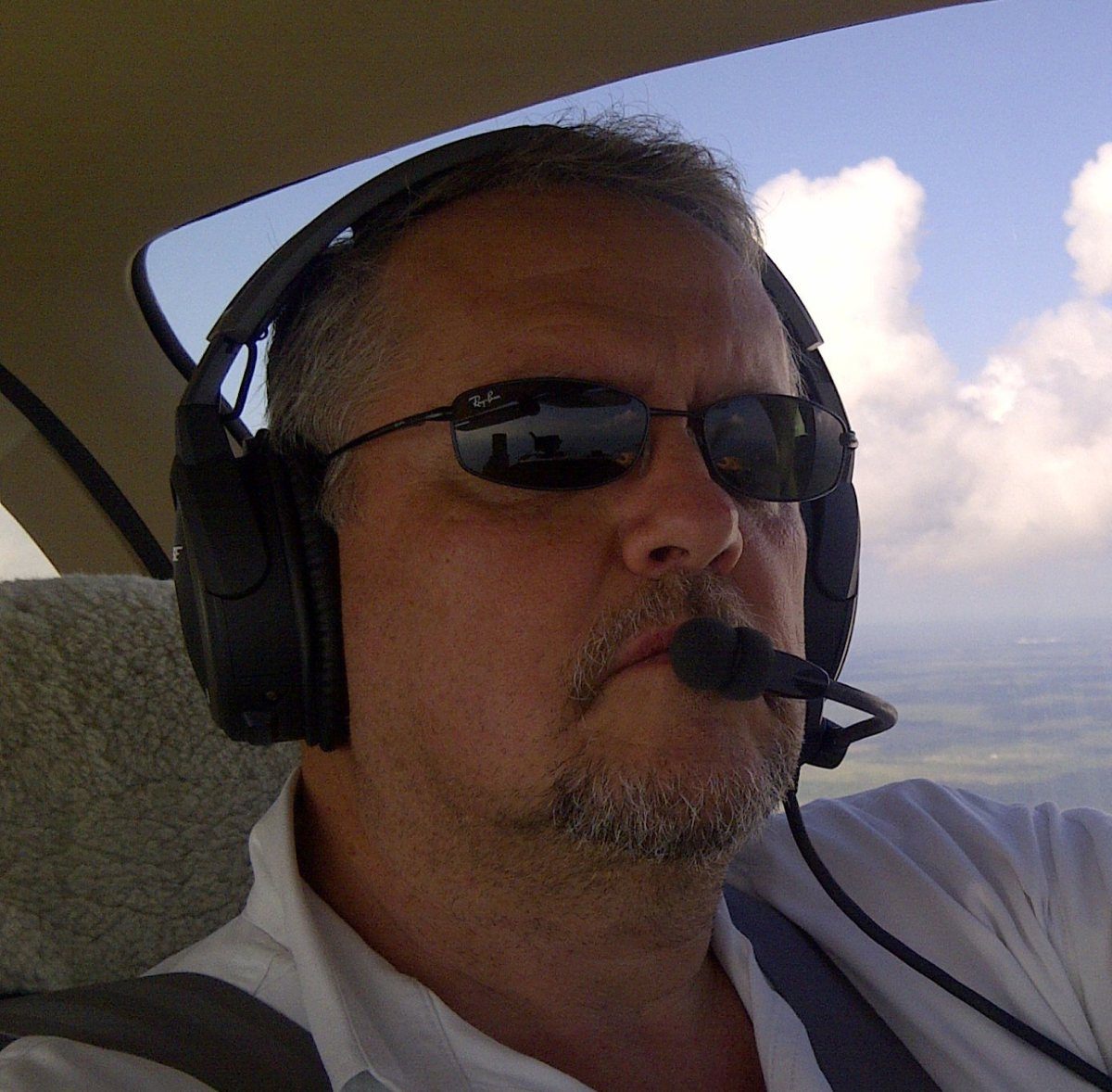
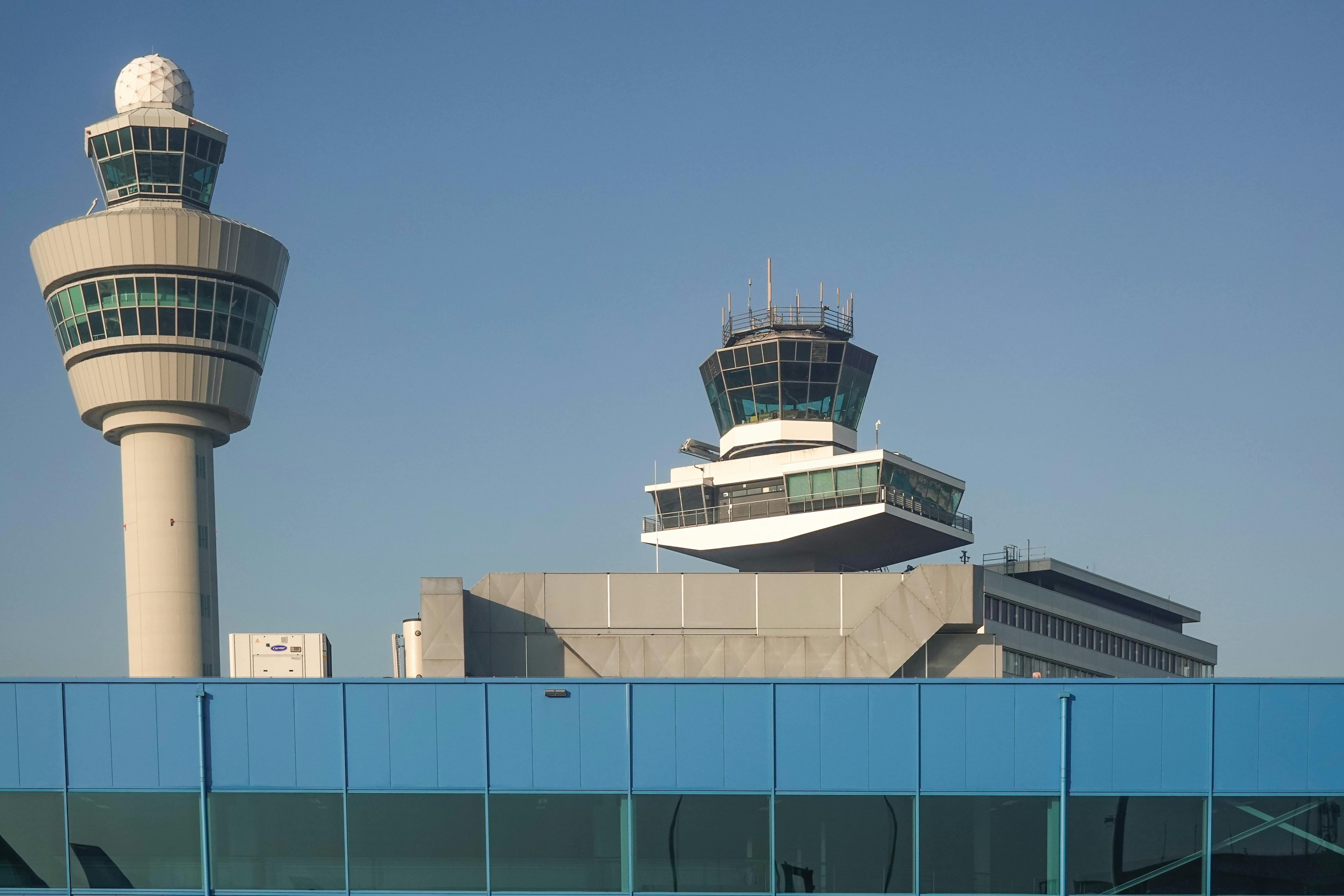

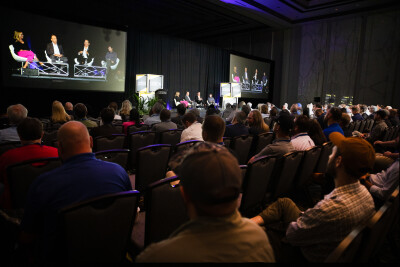
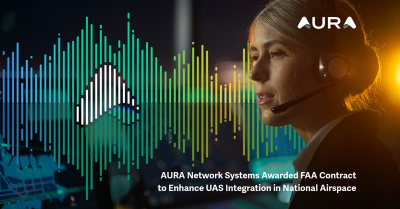







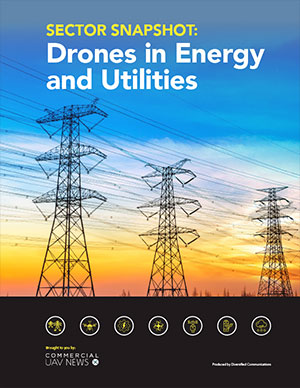

Comments